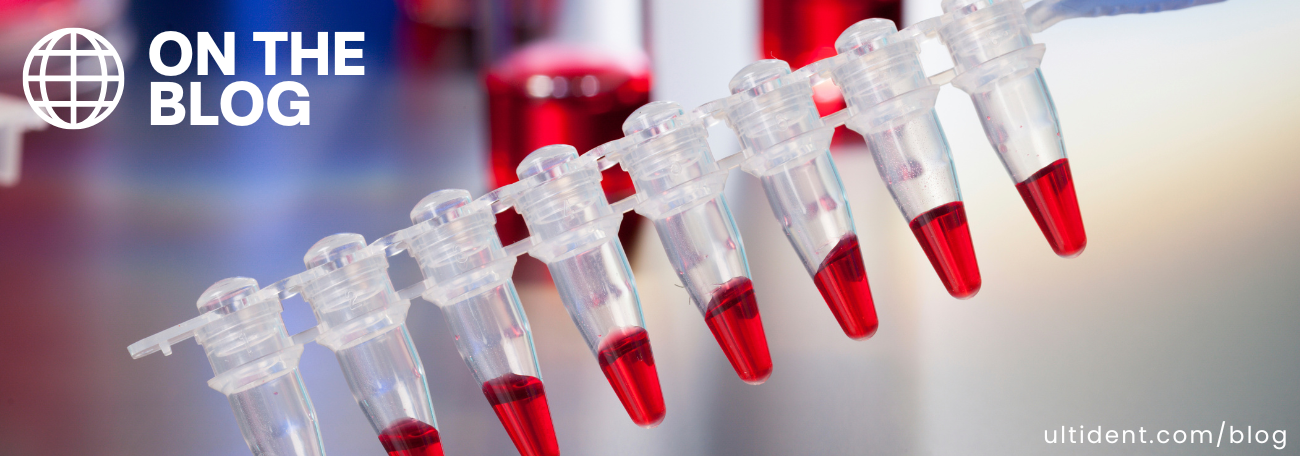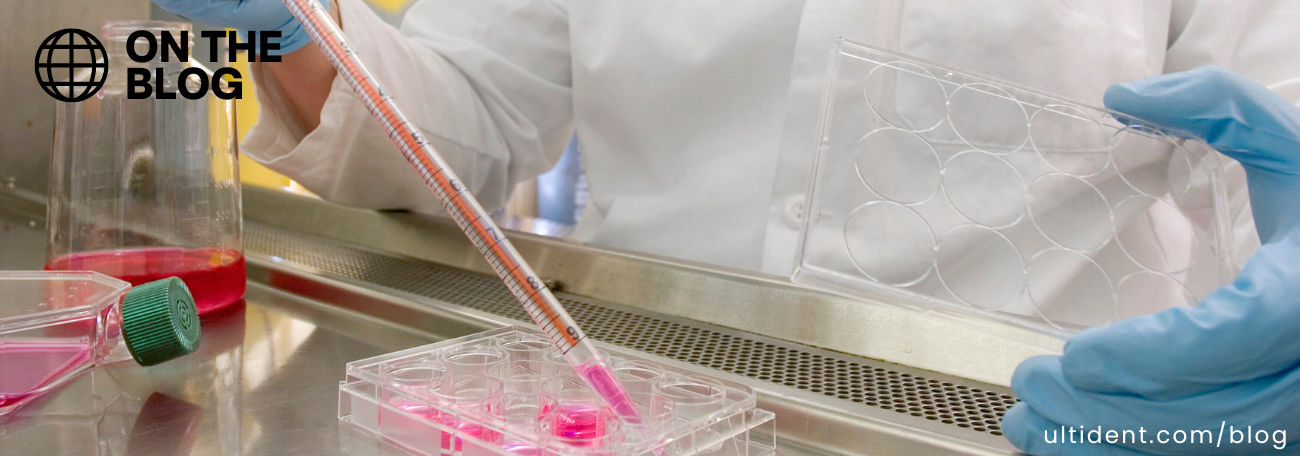What Is CRISPR and How Is It Being Used Today?


What Is CRISPR and How Is It Being Used Today?
What is CRISPR?
CRISPR (Clustered Regularly Interspaced Short Palindromic Repeats) is a gene modifying function that can be used to heal genetic defects, stop the spread of diseases, and enhance the growth and quality of crops. CRISPR is different from other gene editing technologies since it can change the DNA of animals, plants, and microorganisms with extremely high precision.
How does CRISPR work?
Essentially, CRISPR works by having an enzyme called Cas9 cut up specific parts of DNA, the Cas9 enzyme acts as molecular scissors that are extremely precise and efficient at targeting specific parts of DNA. Researchers are then able to repair, modify or replace it with new DNA that is healthier, or more efficient at solving the problem at hand. This revolutionized many fields as it enabled researchers to not only tweak, but completely change DNA. With the use of CRISPR, there have been significant breakthroughs in the field of agriculture, cancer and blood disorders, along with vision and eye diseases. Here’s how:
1- Agriculture
While we have had genetically modified organisms (GMOs) for over 20 years, CRISPR technology is different. With CRISPR, scientists can customize a living organism's genetic sequence extremely precisely, or change it completely, (GMOs can only insert transgenic material into an organism to “tweak” DNA). The research and development times for CRISPR are also a lot faster than with traditional GMOs
This technology has a series of benefits. It can fast track fruit's domestication and allow it to develop faster, enlarge the size of produce, and increase the nutritional value. Other possibilities for the technology include:
- Resist against diseases and pests that usually wipe out crops
- Eliminate disease causing microbes
- Accelerate plant breeding
- Resurrect extinct species
- Increase yields
- Create new, healthier foods
- Protect crops against extreme weather conditions
2- Cancer and Blood Disorders: Research and Treatment
Upon discovering that cancer is caused by changes in DNA, researchers have been trying to find a quick and safe method to modify cancer causing DNA. With CRISPR technology, scientists can edit DNA from a cancer patient and infuse the healthier DNA back into the patient's body. CRISPR is also being used to fight against blood disorders such as HIV. While still in the early stages, CRISPR technology is showing that it can be used to remove HIV from cells.
The main benefits of CRISPR technology in research and treatment are:
- It is user-friendly technology: Whereas before only a handful of labs had access to the technology needed for gene editing, CRISPR has made it possible for even a highschool student to change the DNA of a cell.
- Customizability: CRISPR can edit any segment of DNA within the range of the 3 billion letters of the human genome.
- Efficiency: Where it used to take a minimum of one year to change the DNA of a cell, CRISPR can now get it done in just a few months.
- Scale: CRISPR is easily scalable, allowing researchers to evaluate and manipulate thousands of genes at a time. This is commonly used in cancer research to pick out genes that might make good drug targets.
- Cost: The technology is much more cost-efficient than any other DNA modifying technologies previously offered.
3- Vision and Eye Diseases
While researchers are still in the early stages of using CRISPR to cure eye diseases, there have been some recent successes that suggest a promising future, one example is Leber Congenital Amaurosis. Leber Congenital Amaurosis is caused by mutations in the gene that codes for a protein needed to detect light. Using CRISPR, researchers edited DNA from the patient's eye and then reinserted healthy DNA back into the retina. This allowed the cell to produce the protein needed to see light, improving the vision of the patients.
While it did not have a 100% recovery rate, CRISPR technology has allowed for the biggest advances in vision and eye disease in some time. While there is still a gap in the technology needed to fix the genetic code, it calls for a promising future for those suffering from diseases that impair, or completely take away one's sight.
As CRISPR continues to find its way into new fields, the potential becomes even greater. On top of what was already discussed above, there are studies that hope to use CRISPR technology to turn pigs into organ donors, improve animal health and eliminate malaria-causing mosquitoes. Its ability to treat complex diseases, irradiate common food issues (disease and shortages), all in a timely, cost-efficient manner point to more possibilities to innovate and cure in the near future.





